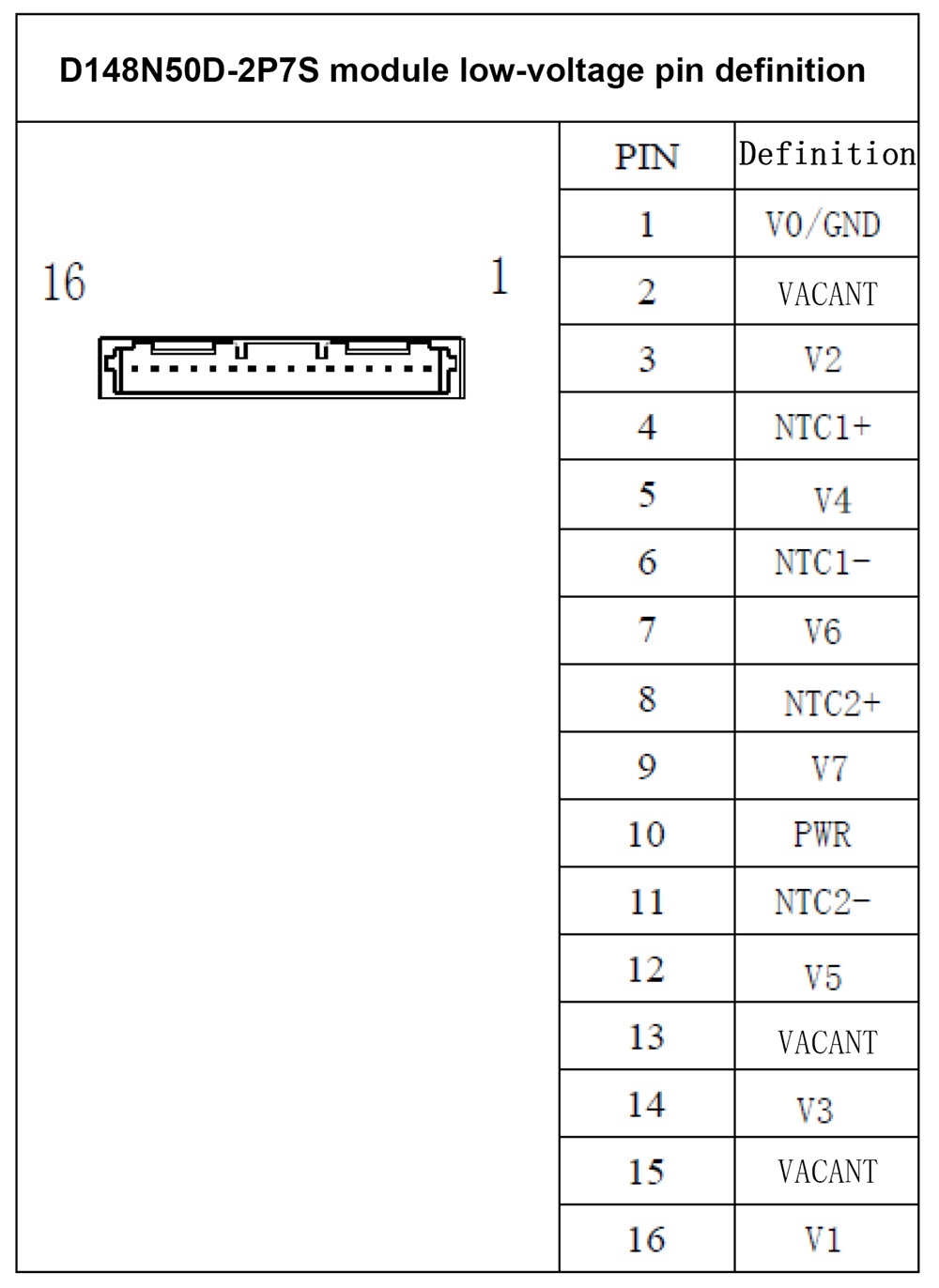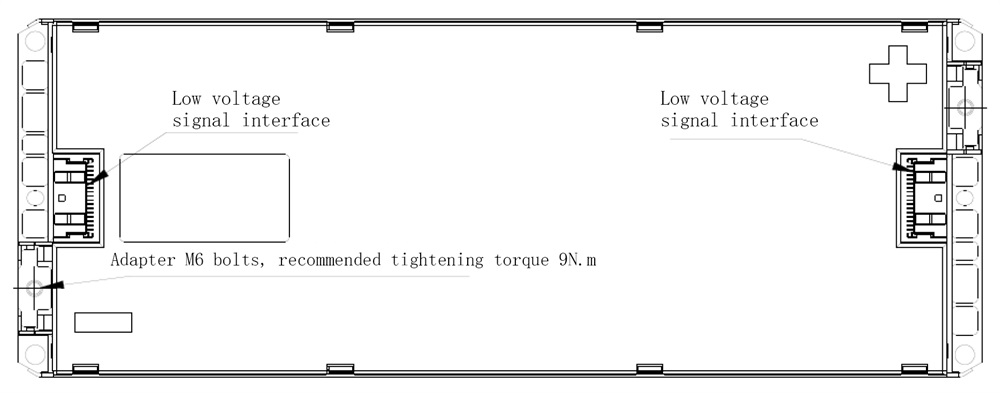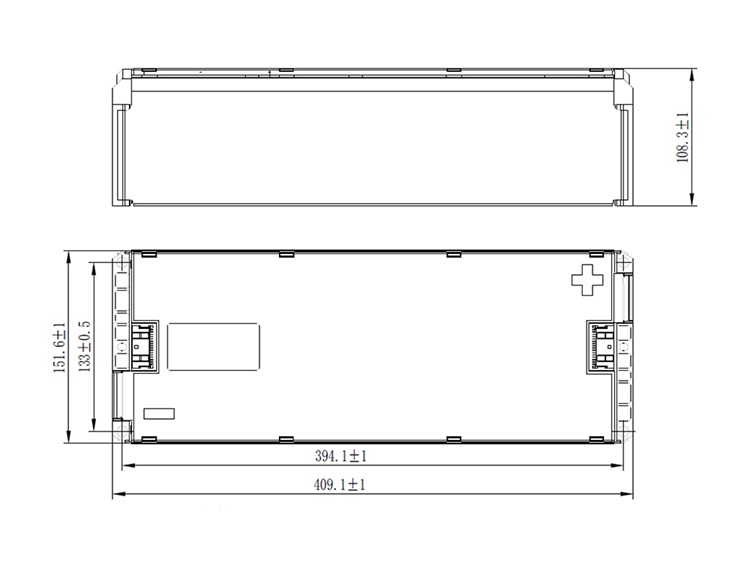 |
Welcome To Evlithium Best Store For Lithium Iron Phosphate (LiFePO4) Battery |
 |
Individual pricing for large scale projects and wholesale demands is available.
Mobile/WhatsApp/Wechat: +86 156 0637 1958
Email: info@evlithium.com
|
Parameter |
Product specification |
|
Battery Model |
D148N50D-2P7S |
|
Cell model |
L148N50B |
|
Rated Capacity |
100Ah |
|
Rated voltage |
25.62V |
|
Dimension |
409.1(L)* 151.6(W)* 108.3(H)±1mm |
|
Weight |
≤13.2kg
|
|
Operating Voltage |
19.25~30.1V @T£¾0 17.5~30.1V @-20¡æ£¼T≤0¡æ 14~30.1V@T≤-20¡æ |
|
Internal resistance |
≤9.3mΩ |
|
Recommended SOC use window |
5%~97%
|
|
Operating temperature |
Charging temperature£º-20~55°C |
|
Discharge temperature£º-30~55°C |
|
|
Cycle life |
1000cycles @80%DOD |
|
Normal temperature charge retention and capacity recovery capability |
Charge retention rate≥85% Capacity recovery rate≥90% |
|
Store |
Standard storage temperature: -20°C ~ 25°C |
|
Absolute storage temperature: -20°C ~ 60°C |
|
|
Storage humidity: <70%RH |

The M6 embedded nut is preset at the high-voltage interface of the block, and the connecting wire between the main electrode conductive row and the module is fixed by the embedded nut to realize the high-voltage connection between the module and the outside.


1. The charging current must not exceed the maximum allowable charging current specified. Charging with a current higher than the recommended value may cause problems with the battery's charge and discharge performance, mechanical performance, and safety performance, and may cause heat generation or liquid leakage.
2. The charging voltage must not exceed the absolute charging voltage specified. When the battery voltage is higher than the absolute charging voltage value, it may cause problems of the battery's charge and discharge performance, mechanical performance and safety performance, and may cause heat generation or liquid leakage.
3. The battery must be charged within the absolute charging temperature: 0 ¡æ ~ 50 ¡æ.
4. Connect the positive and negative poles of the battery correctly, and reverse charging is strictly prohibited. If the positive and negative poles of the battery are reversed, the battery will be scrapped and there will be potential safety hazards.
All Rights reserved © 2025 Evlithium Limited